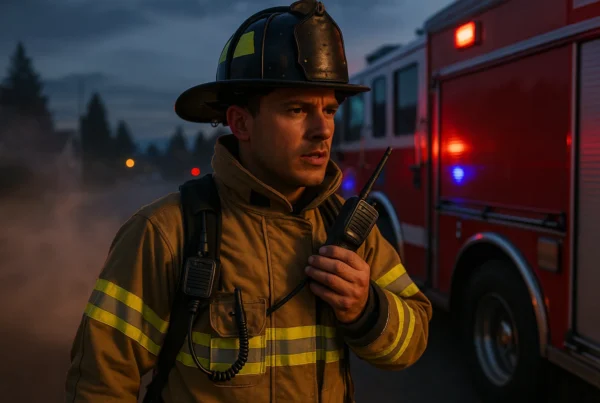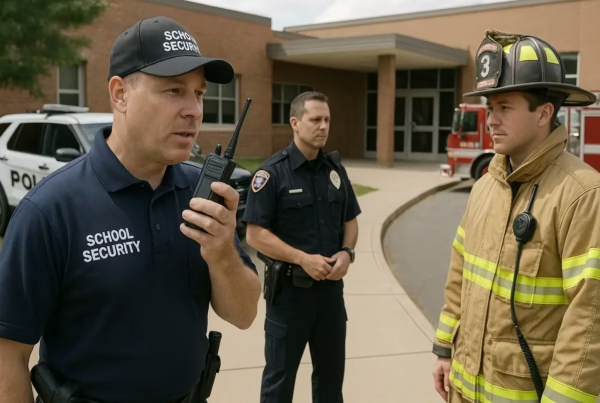Clear, reliable communication is the backbone of any organization that needs to keep people connected across long distances. Wide Area Digital Radio Networks (WADRNs) make this possible by providing seamless communication across cities, regions, or even multiple states—without depending on fragile cell networks.
What Is a Wide Area Digital Radio Network?
A Wide Area Digital Radio Network is a system of connected towers and repeaters that allows two-way radios to communicate over much larger areas than traditional radio systems. Unlike cell phones, which can fail during network congestion or power outages, WADRNs use dedicated frequencies and infrastructure designed to stay online when it matters most.
Why Businesses Use Them
Organizations choose WADRNs because they need communication they can count on. Key advantages include:
- Uninterrupted Coverage: Stay connected across rural highways, industrial zones, and busy cities without dropped calls.
- Instant Push-to-Talk Communication: No dialing, no waiting—just press a button and connect with your team.
- Secure and Private: Encrypted digital systems protect sensitive conversations.
- Scalable for Growth: From small fleets to multi-site operations, systems can expand as your needs change.
Local Case Study: Logistics in the Pacific Northwest
A logistics company operating in Washington and Oregon turned to a Wide Area Digital Radio Network after repeated issues with cell coverage. Their drivers often lost signal on rural delivery routes, creating costly delays and safety concerns. By moving to a WADRN, the company achieved seamless, real-time communication across the region, even during a major storm that knocked out cellular service. The radios kept their fleet connected when phones were down, proving the value of a system built for reliability.
Industries That Benefit
While many industries can benefit, WADRNs are especially valuable for:
- Transportation & Logistics – keeping fleets connected across long-haul routes
- Construction – coordinating crews across large job sites or multiple projects
- Utilities – ensuring communication during outages or maintenance
- Public Safety – supporting first responders with secure and reliable coverage
Each of these industries has unique challenges, and we’ll be publishing dedicated articles that dive deeper into how WADRNs are transforming operations in these fields.
Why Radios Beat Cell Phones for Critical Communication
Cell phones are great for everyday use, but they fall short in mission-critical situations. Networks get overloaded during disasters, batteries drain quickly under heavy use, and one-to-many group communication isn’t built into phone systems. Radios solve these problems with dedicated frequencies, long-lasting batteries, and the ability to instantly reach a whole team.
Digging Into the Tech
For those who want a closer look at the technology behind these systems, standards like P25, TETRA, and DMR are what make digital wide area networks so robust. These standards ensure interoperability, security, and crystal-clear voice quality across large coverage areas. [Learn more about technical specifications here.]
Wide Area Digital Radio Networks are more than a communication tool, they’re a lifeline for businesses and public safety agencies that need reliability above all else. By ensuring instant, secure, and region-wide connectivity, WADRNs give organizations the confidence to operate smoothly, even when other systems fail.
Ready to explore how a Wide Area Digital Radio Network can strengthen your operations in the Pacific Northwest? Contact us today for a consultation.




